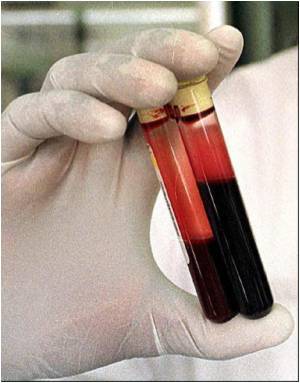A substance in the blood, which shows if a patient has sepsis and how serious it is, has been discovered by a researcher.

The problem for both patients and doctors is that the early symptoms are difficult to distinguish from less dangerous infections such as a severe flu or winter vomiting disease.
A researcher at Lund University in Sweden has now discovered how the severity of the infection can be distinguished.
"Approximately one in five patients with sepsis who are admitted to hospital are at risk of developing severe sepsis within the first 24 hours," doctor and researcher Adam Linder said.
"If the doctor doesn't immediately understand that the patient is seriously ill, the risk is that he or she does not receive adequate treatment.
"The patient could also end up on a ward with lower staffing levels and thus less close supervision," he stated.
Advertisement
But first, the patients must be diagnosed with sepsis, yet the markers used do not always give a correct diagnosis.
Advertisement
This is released by a certain type of white blood cell in amounts, which correspond to the immune system's reaction.
The greater the overreaction, and thus the risk of sepsis, the greater the amount of HBP in the blood of a patient.
"I analysed my samples in the lab, which took six hours. A doctor in an accident and emergency department cannot wait that long. The time must be reduced to no more than one hour," Linder said.
Hansa Medical, a company in Lund, is currently developing patented methods to quickly analyse HBP in connection with both meningitis and sepsis.
Linder presented his thesis on HBP on May 13. The title of the thesis is 'Studies on heparin binding protein in bacterial infections'.
Source-ANI












